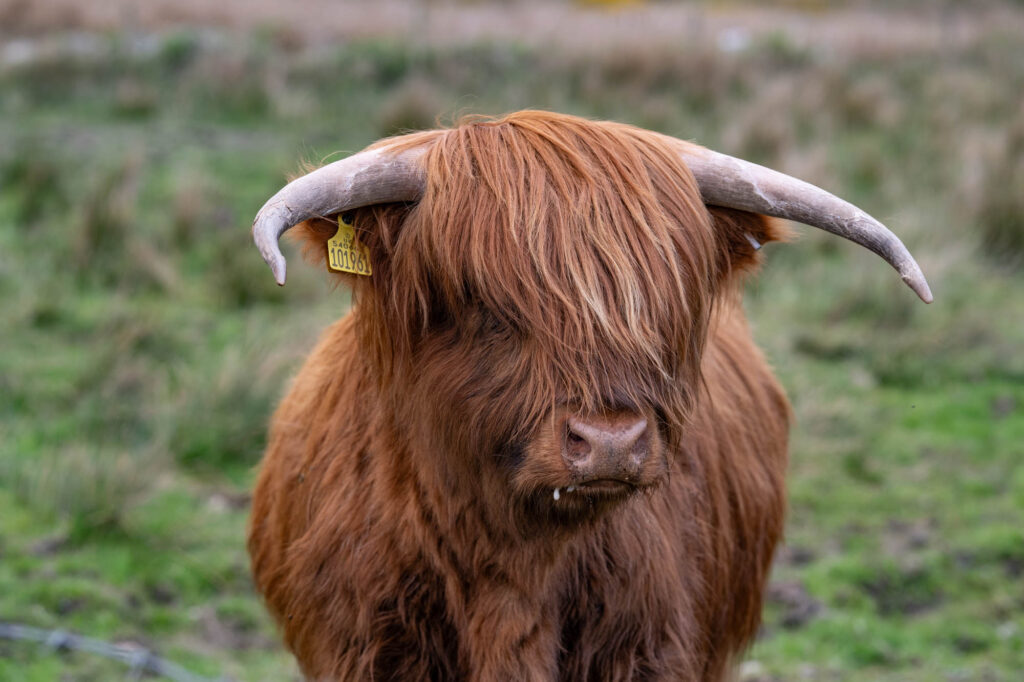We revisited Finlaggan today and met with two members of the Finlaggan Trust, Mairead Mackechnie and Ray Lafferty, who walked through the site with us and pointed out where things would have been placed. This helped my photos of the other day to make a lot more sense. For instance, I now know where the great hall was located and the area which would have been the dwelling for the Lord of the Isles. The visitor’s center has renderings of what this would have looked like then fully operational and inhabited and being able to visualize the whole of the settlement brought this even more to life.
The afternoon was spent on a drive on the Rinns of Islay a peninsula on the western side of the island.It is attached to the main body of Islay by a narrow isthmus. The significance of the area owes much to its wide variety of habitats. An attractive little settlement at the tip of the Finns is Portnahaven, seven miles from Port Charlotte. On a hillside overlooking the beautiful Kilchaiaran Bay sits the roofless ruin of a 13th century chapel dedicated to the monk St. Ciaron or Kieran. The chapel appears to have been a dependency of Kilchoman which lies further south on the Finns of Islay.
What would the day have been without Highland Coos? We came across three herds and can testify that they are indeed as cute as they are made out to be! We had been told that we would see them on farms in the Rinns and we were not disappointed. They come in different colors, the most prevalent of which is black and reddish brown. It was just a perfect touch for a perfect trip.











